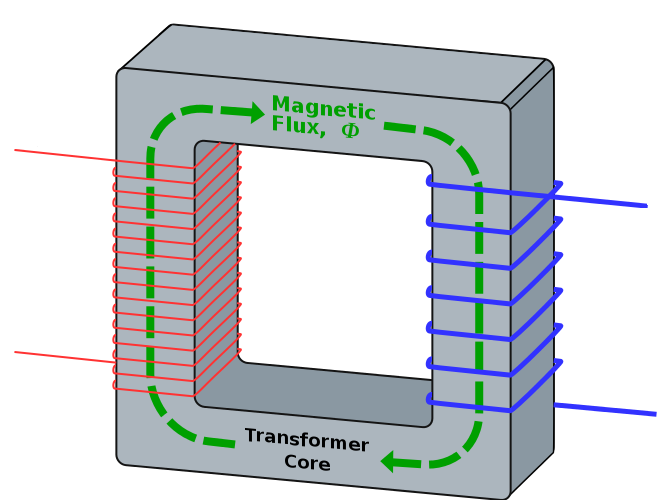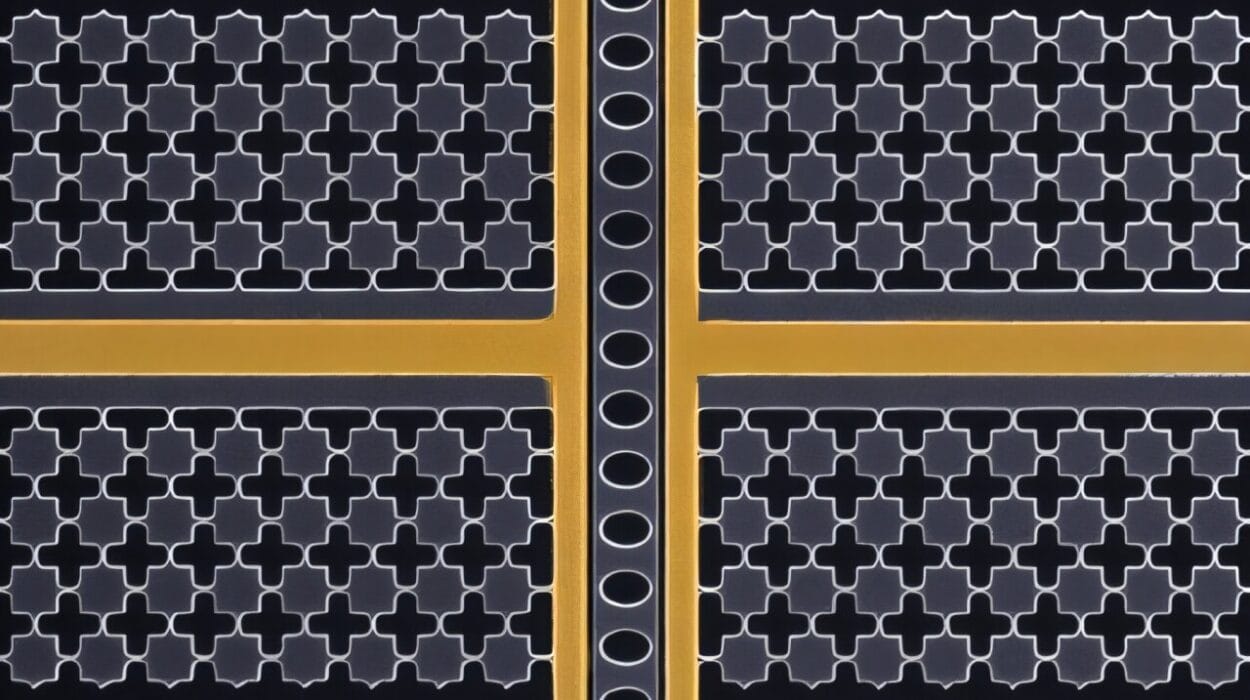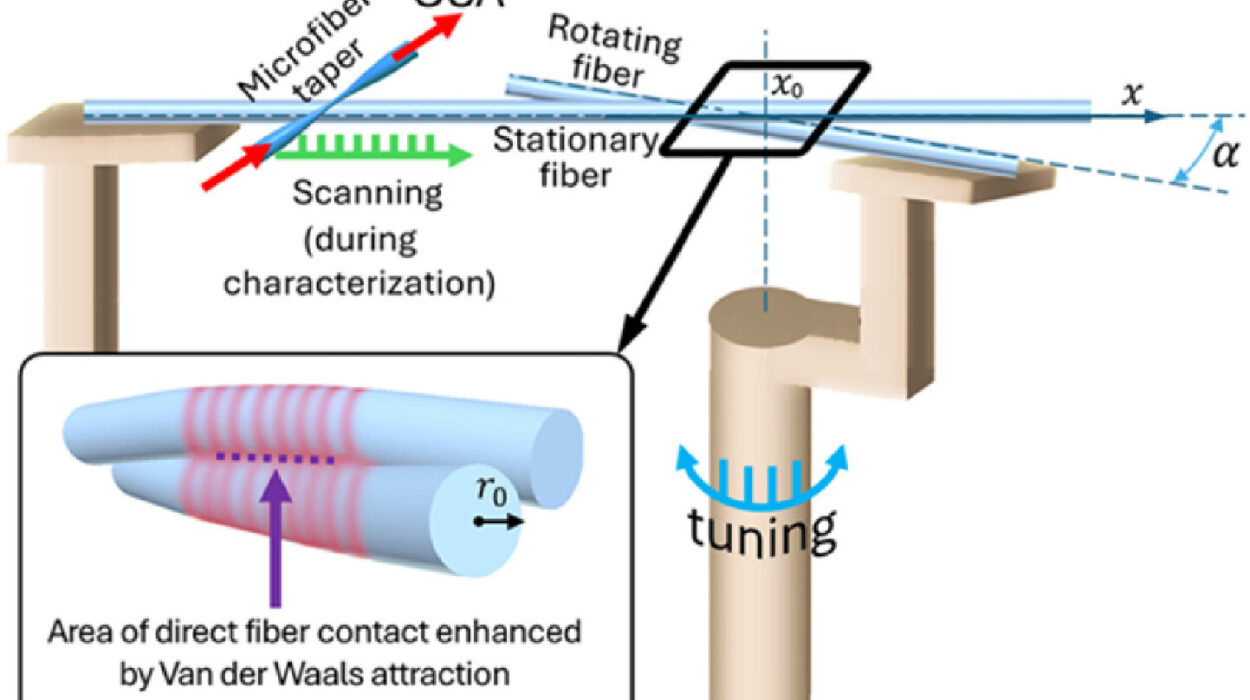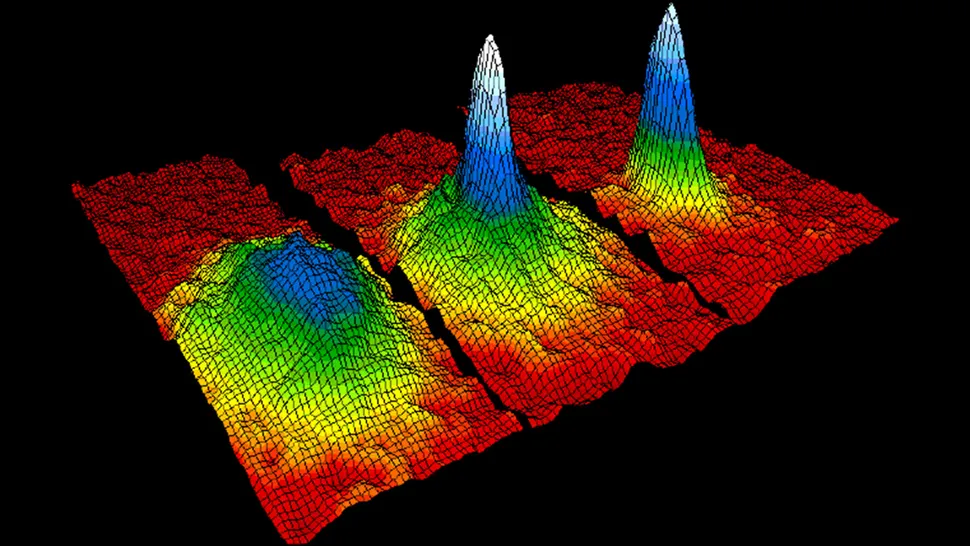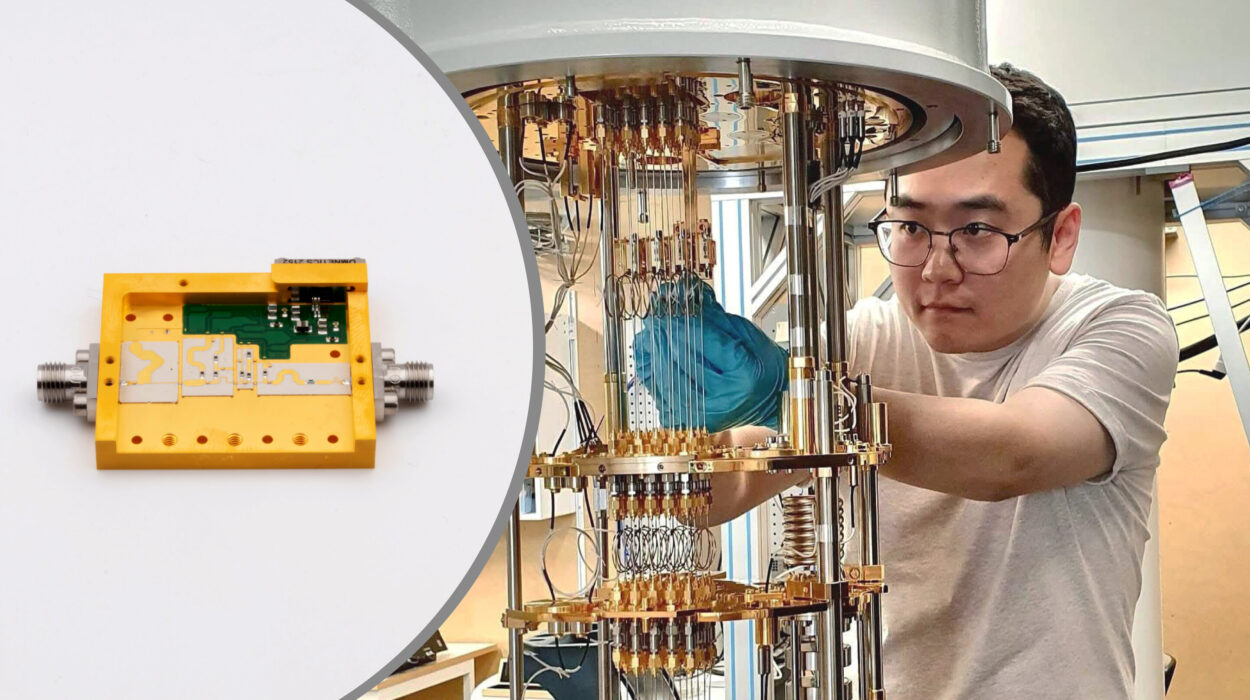Imagine a world without electricity—no light bulbs glowing, no phones charging, no trains speeding silently on electric tracks. Behind much of modern life’s electric marvels lies a fascinating physical phenomenon known as induction. It’s an invisible dance between magnetic fields and electric currents, a process that underpins the functioning of generators, transformers, induction cooktops, and much more.
At its core, induction involves creating an electric current by changing magnetic fields. But what does this mean? How does an invisible magnetic force create an electric flow? How did scientists discover this mysterious relationship, and how do we harness it in everyday technology? This article will guide you through the physics of changing magnetic fields and how they induce electric currents, bringing to life the fundamental principles and applications of electromagnetic induction.
The Historical Journey: From Curiosity to Universal Law
The story of induction begins in the early 19th century, a golden age for discoveries in electricity and magnetism. While static electricity and magnetism were known since ancient times, it was not until scientists began to explore their interplay that a deeper understanding emerged.
In 1820, Danish physicist Hans Christian Ørsted made a pivotal observation: an electric current flowing through a wire produces a magnetic field, causing a nearby compass needle to move. This revelation shattered the old notion that electricity and magnetism were unrelated forces. Building on Ørsted’s discovery, French physicist André-Marie Ampère and others formulated mathematical descriptions of the magnetic fields produced by electric currents.
Yet, the reverse phenomenon—whether magnetism could create electricity—remained a tantalizing question. Enter Michael Faraday, an English scientist with a relentless curiosity. In 1831, Faraday performed a simple but profound experiment: moving a magnet through a coil of wire caused an electric current to flow in the wire. This was electromagnetic induction—the creation of electric current by changing magnetic fields.
Faraday’s discovery laid the groundwork for the modern electrical age. His insights were later mathematically formalized by James Clerk Maxwell into Maxwell’s equations, uniting electricity, magnetism, and light into one elegant framework.
What is Induction? The Basic Concept
At its simplest, induction is the generation of an electric current in a conductor by changing the magnetic environment around it. Unlike a battery that supplies electric energy through chemical reactions, induction creates current through a physical interaction between magnetic fields and conductive materials.
Consider a coil of wire near a magnet. If the magnet is stationary, nothing happens—no current flows. But if you move the magnet towards or away from the coil, or if you move the coil relative to the magnet, the magnetic field experienced by the coil changes. This change induces an electromotive force (EMF), pushing electrons in the wire and creating an electric current.
This principle can also work with changing magnetic fields generated by alternating currents in nearby coils, which is the basis for transformers and wireless power transfer.
The Physics Behind Induction: Faraday’s Law of Electromagnetic Induction
The formal statement of induction is encapsulated in Faraday’s Law, which relates the induced electromotive force in a closed circuit to the rate of change of magnetic flux through the circuit.
Magnetic Flux: The Key Player
To understand Faraday’s Law, you need to grasp the concept of magnetic flux. Magnetic flux is a measure of the amount of magnetic field passing through a given area, typically a loop or coil of wire. It depends on the strength of the magnetic field, the area it penetrates, and the angle between the field and the surface.
If you picture the magnetic field as lines or “field lines” flowing through space, magnetic flux counts how many lines pierce the loop. More lines mean more flux.
Faraday’s Law in Formula
Mathematically, Faraday’s Law is often written as: E=−dΦBdt\mathcal{E} = – \frac{d\Phi_B}{dt}
where E\mathcal{E} is the induced electromotive force (EMF) and ΦB\Phi_B is the magnetic flux through the circuit.
The negative sign comes from Lenz’s Law, which we’ll explore shortly. It signifies that the induced EMF always acts in a way to oppose the change in magnetic flux that caused it.
In other words, if magnetic flux increases, the induced current produces a magnetic field opposing the increase; if flux decreases, the induced current tries to maintain it. This is nature’s way of resisting sudden changes, a manifestation of conservation laws.
How Does This Create Current?
The induced EMF acts like a voltage source, pushing electrons to move in the conductor and generate an electric current if the circuit is closed. The strength of the current depends on the induced EMF and the resistance of the wire.
This interplay between changing magnetic fields and induced currents is the cornerstone of countless electrical devices.
Lenz’s Law: Nature’s Opposing Force
Michael Faraday’s experiments hinted at a fascinating principle: the induced current always flows in a direction that opposes the change in magnetic flux. This is codified in Lenz’s Law, named after the German physicist Heinrich Lenz who formulated it mathematically.
Imagine pushing a magnet toward a coil. As the magnetic flux through the coil increases, the induced current creates its own magnetic field that repels the approaching magnet. This opposition acts as a kind of resistance to changes, making it harder to move the magnet. Conversely, pulling the magnet away induces a current that tries to keep it near by attracting it.
Lenz’s Law is a direct consequence of the conservation of energy. If the induced current aided the change in flux instead of opposing it, it would create energy from nowhere, violating fundamental physical laws.
This opposition explains why you feel a force resisting your effort when moving a magnet near a coil—an elegant manifestation of electromagnetic interaction.
Exploring the Mathematics: Flux, EMF, and Circuit Behavior
Let’s dig a bit deeper into the mathematics to understand how changing magnetic fields create electric currents.
Suppose you have a coil of wire with NN loops, each with an area AA, exposed to a magnetic field BB that is perpendicular to the coil. The magnetic flux through one loop is: ΦB=B×A\Phi_B = B \times A
For NN loops, the total flux is: ΦB=N×B×A\Phi_B = N \times B \times A
If the magnetic field varies with time, so does the flux. The induced EMF is: E=−Nd(BA)dt\mathcal{E} = -N \frac{d(B A)}{dt}
If the area and number of loops remain constant, the EMF depends on the rate of change of the magnetic field. If the magnetic field changes sinusoidally as in alternating current systems, the induced EMF will also be sinusoidal.
The resulting current II depends on the resistance RR of the coil, as per Ohm’s Law: I=ERI = \frac{\mathcal{E}}{R}
This interplay of changing magnetic fields, induced voltage, and resulting currents forms the basis of AC generators, transformers, and inductors.
Practical Examples: Induction in Action
The Simple Moving Magnet and Coil Experiment
The most intuitive demonstration is moving a bar magnet in and out of a coil of wire connected to a galvanometer (a device that detects electric current). As the magnet moves closer, the needle deflects one way; moving it away causes deflection in the opposite direction. Holding the magnet still causes no deflection—no current flows.
This shows how relative motion between magnetic field and conductor changes flux, creating current.
The Electric Generator: Turning Motion into Electricity
Electric generators convert mechanical energy into electrical energy using electromagnetic induction. Inside a generator, coils of wire rotate within a magnetic field, or magnets rotate around stationary coils.
As the coil spins, the magnetic flux through it changes continuously, inducing an alternating EMF and thus an alternating current. This is the fundamental principle behind power plants generating electricity from mechanical motion—whether from steam turbines, water flow, or wind.
Transformers: Changing Voltage with Induction
Transformers consist of two coils—primary and secondary—wound around a magnetic core. An alternating current in the primary coil produces a changing magnetic flux in the core, which induces an EMF in the secondary coil.
By adjusting the number of turns in each coil, transformers can step voltage up or down with high efficiency, enabling the transmission of electrical power over long distances with minimal loss.
Induction Cooktops: Cooking with Magnetic Fields
Induction cooktops use rapidly changing magnetic fields to induce currents in ferromagnetic cookware. The induced currents generate heat inside the pot or pan itself, cooking food efficiently without heating the cooktop surface.
This application relies on the fact that the magnetic flux inside the cookware changes as the magnetic field alternates, inducing eddy currents that produce heat due to the material’s resistance.
Eddy Currents: Induction’s Hidden Effect
When a changing magnetic field induces currents in a conductor, these currents can flow in loops called eddy currents. Unlike currents confined to wires, eddy currents swirl in broad areas inside conductive materials.
Eddy currents generate heat and magnetic forces, which can be both beneficial and problematic. For instance, they cause energy loss in transformers as heat, but are harnessed in induction heating and electromagnetic braking.
Understanding and controlling eddy currents is crucial in electrical engineering design, influencing materials used and the geometry of components.
Quantum Insights and Microscopic Perspective
While classical physics explains induction beautifully, deeper insights emerge when considering electrons at the microscopic level.
Electric currents result from the motion of electrons in a conductor. When magnetic flux changes, it induces an electric field inside the conductor, pushing electrons to move.
Quantum mechanics reveals that electrons respond not only to electric fields but also to the vector potential associated with magnetic fields, adding complexity to induction’s microscopic behavior.
Moreover, the quantization of magnetic flux in superconductors and phenomena like the Aharonov-Bohm effect show that magnetic fields influence electrons in subtle ways beyond classical fields.
Induction in Nature and Beyond the Laboratory
Electromagnetic induction isn’t just a human-engineered phenomenon; it occurs naturally throughout the universe.
The Earth’s magnetic field induces currents in its molten core, contributing to the geomagnetic dynamo that sustains the planet’s magnetic shield. Solar winds interacting with Earth’s magnetic field generate electric currents, causing spectacular auroras.
Even in space, changing magnetic fields drive phenomena such as cosmic jets and magnetospheres around planets and stars.
Challenges and Modern Innovations in Induction Technology
While the basic principles of induction are well established, modern technology pushes the boundaries of efficiency, scale, and application.
High-frequency transformers for telecommunications, wireless charging systems for electric vehicles, and induction heating in manufacturing showcase how innovation keeps electromagnetic induction vital.
Materials science advances in superconductors and magnetic materials enhance performance, while miniaturization enables micro-scale inductors and transformers in integrated circuits.
The quest for wireless power transfer—charging devices without cords—depends fundamentally on refined induction principles.
The Philosophical and Scientific Legacy of Induction
Electromagnetic induction is more than a physical phenomenon; it symbolizes the unity of nature’s forces. Faraday’s experiments bridged electricity and magnetism, paving the way for Maxwell’s unifying theory of electromagnetism.
Induction teaches us about cause and effect in nature—how changing conditions induce responses, often opposing changes to conserve energy.
It exemplifies the power of simple observation leading to profound laws, inspiring generations of scientists and engineers to explore unseen forces shaping our world.
Conclusion: Induction as a Cornerstone of Modern Life
From the flick of a switch lighting a room to the hum of an electric car’s motor, electromagnetic induction silently powers our world. It transforms mechanical motion into electricity, transmits power across continents, heats our meals, and keeps data flowing in devices.
Understanding how induction works—how changing magnetic fields generate electric currents—reveals the intricate interplay of forces at the heart of modern technology. It’s a story of curiosity, experimentation, and the elegant laws of physics that continue to drive innovation.
Induction is a testament to human ingenuity and nature’s harmonious design, a phenomenon that connects the invisible magnetic world with the electric energy that fuels our lives.
